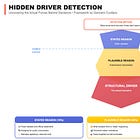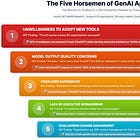This Week In AI Business: The Tipping Point of AR [Week #39-2025]
For over a decade, I’ve been waiting for something that could replace the phone, and even more now, the smartphone. We’re now at a critical crossroads for AR adoption.
While I think AR is a bridge to a future interface that doesn’t require a screen at all, I believe we might see AR become the primary interface in a post-smartphone world.
As Meta has just launched the first version of the so-called HUD (Heads-Up Display) glasses, it has also propelled a race towards AR, which may speed up timelines for many of the companies in the race.
Yet, as we’ve seen for the launch of Meta Display glasses, the truth is that, for now, the smartphone will still serve as our central command center and the primary tool we use for most of the activities we do daily. While for an AR interface to become ready to scale, we’ll still need a few critical stepping stones.
In fact, the AR industry has crystallized into three fundamentally different approaches, each representing a different vision of how augmented reality will integrate into our lives:
Meta's AI-First Companion Strategy: Meta has just unveiled its most advanced smart glasses yet at Connect 2025, including the Meta Ray-Ban Display, which features a built-in display for $799, and the accompanying Meta Neural Band wristband that utilizes surface electromyography to detect hand gestures. This represents Meta's bridge philosophy perfectly - they're not trying to replace the smartphone immediately, but rather complement it with AI-powered contextual assistance.
Apple's Premium Integration Path: Apple's roadmap reveals a Vision Pro M5 refresh coming in Q3 2025, followed by a Vision Air in 2027 that's 40% lighter and more than 50% cheaper, as well as smart glasses without displays launching around 2026-2027. Apple is taking its traditional approach: enter with premium products, perfect the experience, then scale down to the mass market.
Google's Platform Ubiquity Play: Google's Android XR glasses are built around deep Gemini integration, with prototypes showing camera-equipped glasses that work with your phone for hands-free app access, and partnerships with Warby Parker and Samsung to create a broad ecosystem. Google is betting on making AR as accessible as web development through its platform approach.
Top Latest Issues:
The weekly newsletter is in the spirit of what it means to be a Business Engineer:
We always want to ask three core questions:
What’s the shape of the underlying technology that connects the value prop to its product?
What’s the shape of the underlying business that connects the value prop to its distribution?
How does the business survive in the short term while adhering to its long-term vision through transitional business modeling and market dynamics?
These non-linear analyses aim to isolate the short-term buzz and noise, identify the signal, and ensure that the short-term and the long-term can be reconciled.


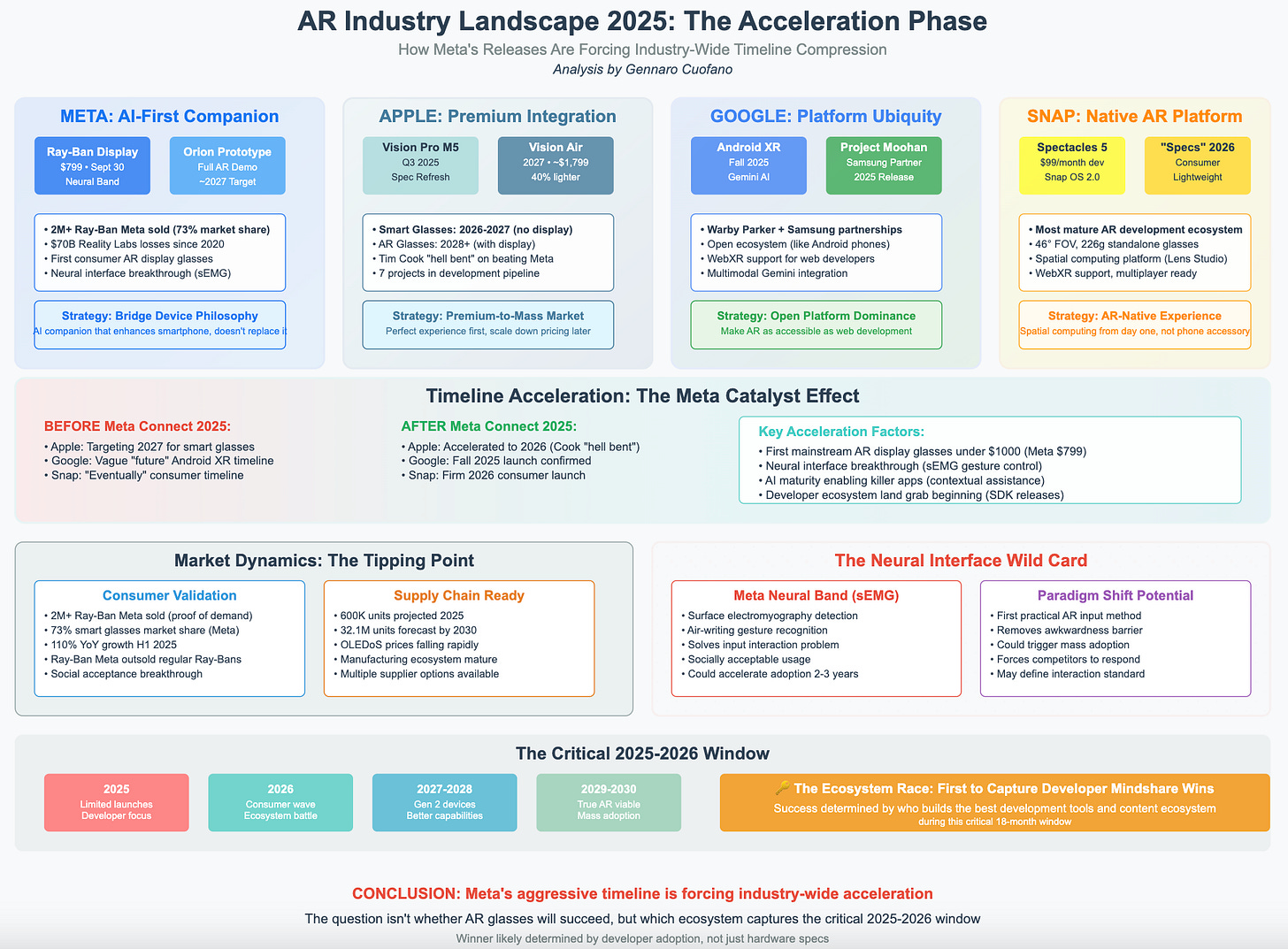
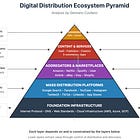
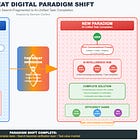
![This Week In AI Business: AI Technology Bubble Analysis [Week #35-2025]](https://substackcdn.com/image/fetch/$s_!pkd2!,w_140,h_140,c_fill,f_auto,q_auto:good,fl_progressive:steep,g_auto/https%3A%2F%2Fsubstack-post-media.s3.amazonaws.com%2Fpublic%2Fimages%2Fc6d426bc-a100-44fb-b159-47c64a21662f_1290x1332.png)
